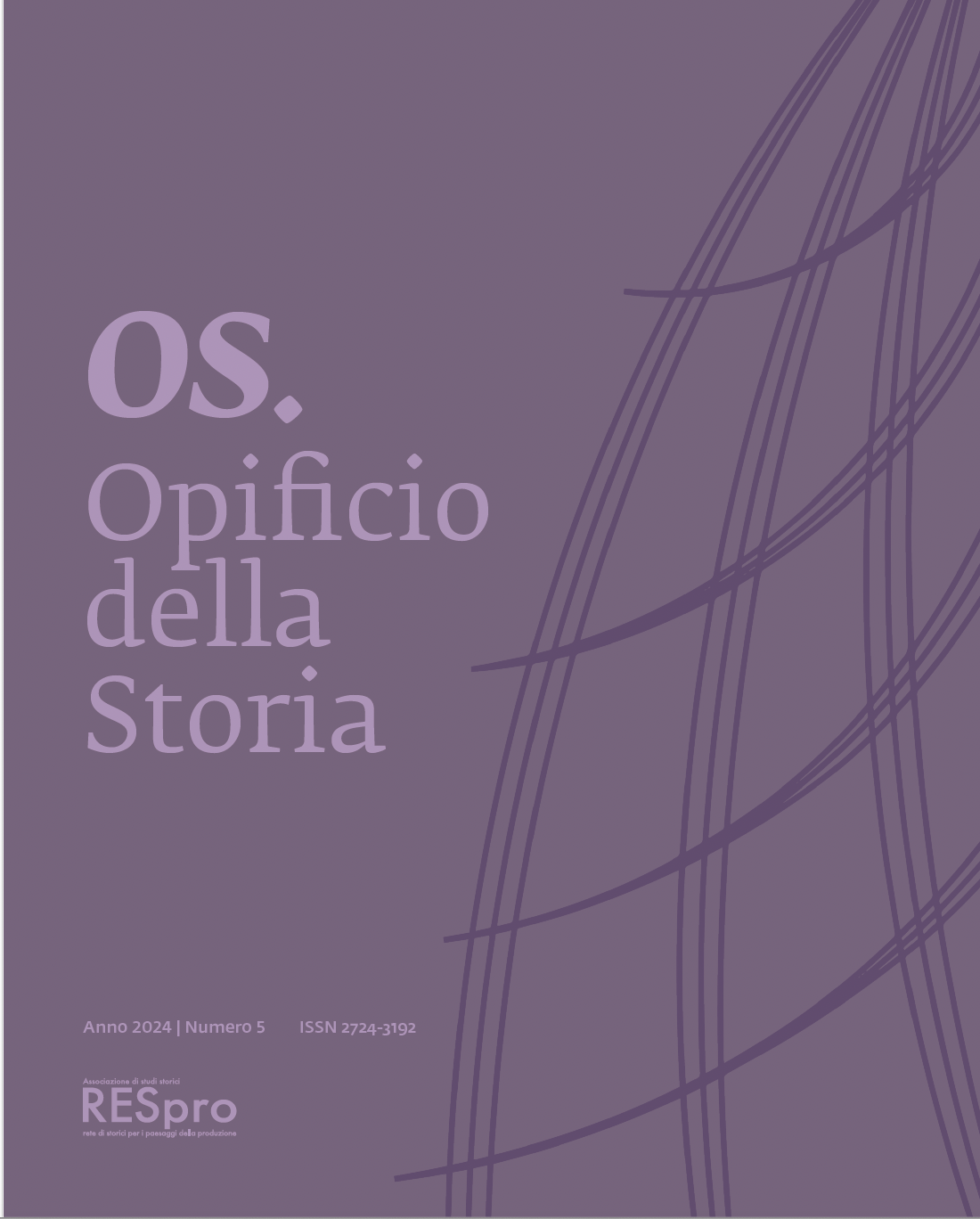Industrial archaeology: what future does it have in France?
DOI:
https://doi.org/10.6093/2724-3192/11649Keywords:
Industrial Heritage, France, Unesco, Historing housing adaptations, MuseumsAbstract
Industrial archaeology, which emerged in the 1960s, has established itself as an autonomous discipline, influencing innovative heritage initiatives and contributing to the development of industrial heritage. This discipline has a tangible cultural impact and addresses controversial issues related to capitalism and business, particularly regarding social and cultural implications.
In France, industrial archaeology emerged in the 1970s, primarily within associations and museums, but also in higher education and research. Maurice Daumas initiated thought on this subject, followed by Bertrand Gilles and Denis Woronoff, who defined industrial archaeology as the study of the link between production and the place of production. This discipline deals with buildings, infrastructures, and their material, human, and abstract elements, requiring observation, excavation, and the analysis of written, iconographic, and oral sources.
Industrial heritage is a social construct that involves the protection of material or abstract objects according to aesthetic, historical, political, religious, social, or technological criteria. It includes not only production sites but also social, economic, cultural, religious, or sports infrastructures. The complexity of industrial heritage led to the creation of a specific department within the French Ministry of Culture in 1983.
Since the late 20th century, research has extended beyond the period of early industrialization, including sites still in operation, such as railway stations and airports. Some areas, such as the Nord-Pas-de-Calais Mining Basin and the hills, houses, and cellars of Champagne, have been recognized as Unesco World Heritage sites, integrating heritage conservation with local economic activities.
Inclusion in the Unesco World Heritage list has promoted the development of industrial heritage in France, but it has also generated tensions related to mass tourism and the sustainability of the sites. The adaptation of historic housing, such as worker housing, raises dilemmas between respecting historical and cultural significance and adapting to modern needs and climate change. Examples of effective renovations demonstrate that it is possible to improve energy efficiency without compromising external aesthetics.
The preservation of software and source code as new intangible technological objects represents a challenge. Contested heritage, such as colonial industry and the environmental impact of industrial activities, requires further study. The difficulties of preserving heritage linked to polluting and hazardous activities are evident, as demonstrated by the controversy over Marie Curie’s laboratory in Paris.
Technological museums, born from interest in industrial heritage, play an important role in transmitting technological and artisanal knowledge. Some museums house valuable collections and offer training to perpetuate skills in the sector.
In conclusion, industrial heritage has become a very active disciplinary field, with significant repercussions on the economy and territorial strategies, as well as representing an important challenge for future research.



